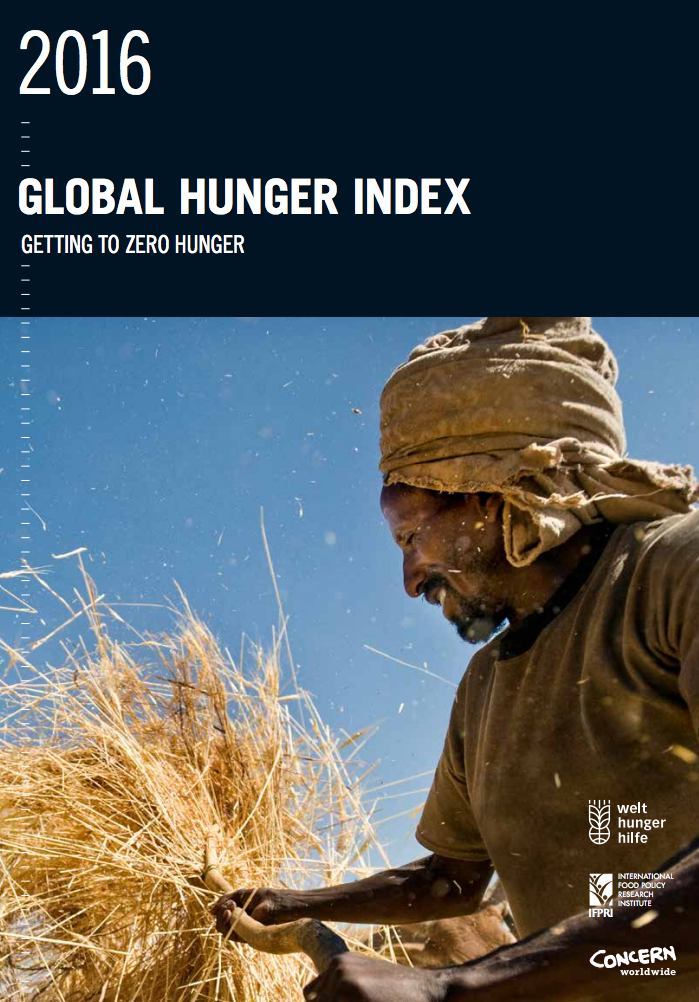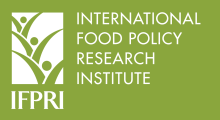Resource information
The developing world has made substantial progress in reducing hunger since 2000. The 2016 Global Hunger Index (GHI) shows that the level of hunger in developing countries as a group has fallen by 29 percent. Yet this progress has been uneven, and great disparities in hunger continue to exist at the regional, national, and subnational levels. To achieve Sustainable Development Goal 2 (SDG2) of getting to Zero Hunger while leaving no one behind, it is essential to identify the regions, countries, and populations that are most vulnerable to hunger and undernutrition so progress can be accelerated there. Across regions and countries, GHI scores vary considerably. Regionally, the highest GHI scores, and therefore the highest hunger levels, are still found in Africa south of the Sahara and South Asia. Although GHI scores for these two regions have declined over time, the current levels are still on the upper end of the serious category, closer to the alarming category than to the moderate. Further, although Africa south of the Sahara has achieved the largest absolute improvement since 2000 and South Asia has also seen a sizable reduction, the decline in hunger must accelerate in these regions if the world is to achieve Zero Hunger by 2030.


